 Approved by Dr. Dwight Alleyne, DVM
Approved by Dr. Dwight Alleyne, DVM Old Dog Seizures: Why They Happen & What To Do
It can be scary dealing with seizures, panting, and shaking in old dogs - why do they happen & what do you even do? Here's how to keep your furry friend safe and live their happiest, healthiest life by your side.

Caring for an older buddy can be a blessing and challenge all the same – but let’s admit it: dealing with panting, shaking, or even seizures in old dogs can be pretty scary! So we’ve covered more about what these behaviors mean, how to handle old dog seizures, and how monitoring your dog’s sleep can help you catch on to a health issue early.
Understanding old age in dogs
Just like humans, dogs can suffer from seizures too. In fact, seizures are among the most commonly-reported neurological conditions in dogs.1 And since dogs tend to live shorter lives than us humans, they do also age more rapidly than us.
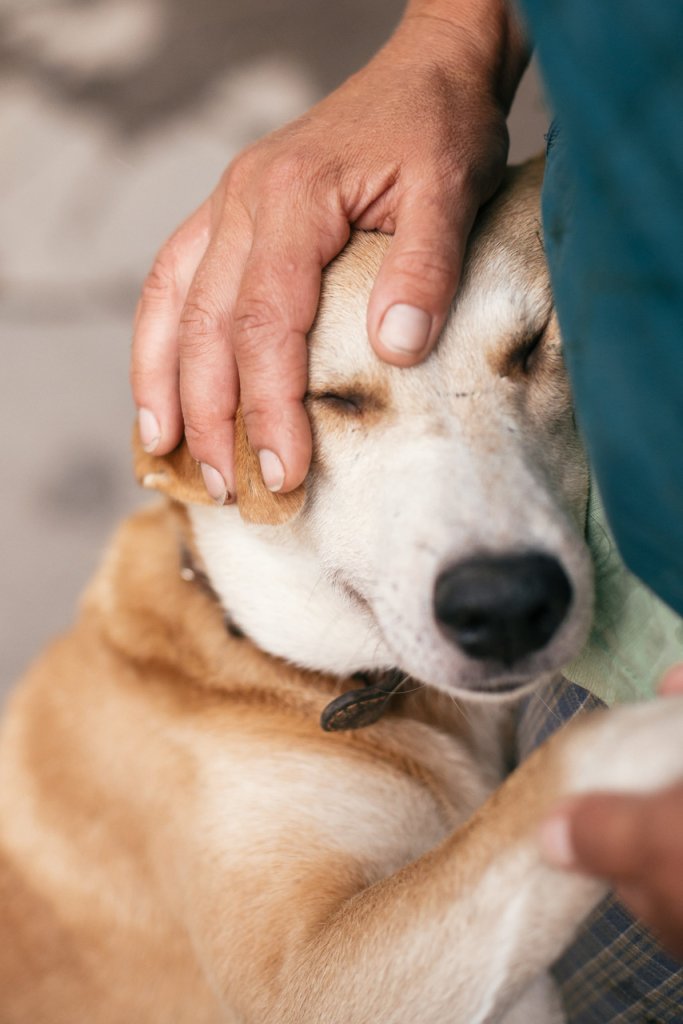
But here’s some reassuring news: only a small percentage of dogs are likely to experience seizures in their lifetime2.
So before we explore old dog seizures, here are some of the most common signs of aging in dogs.
Signs of aging in dogs
As you witness your buddy growing older, your older dog might also experience unusual panting, shaking, or seizures – for a whole range of reasons. (Which we’ll cover a bit further below.)
But besides, here are some of the more common signs of aging you might come across:
- A loss of senses – meaning your buddy might not be able to see or hear as well as before
- Weight gain
- Weight loss
- Lethargy, or loss of energy
- Arthritis & joint problems
- Loss of hair, muscle tone, teeth & skin elasticity
- A weakened immune system
- Cognitive decline – which may show up as your dog sleeping more or less than usual
Read more: Dog Twitching In Sleep? Why It Happens (And When To Worry)
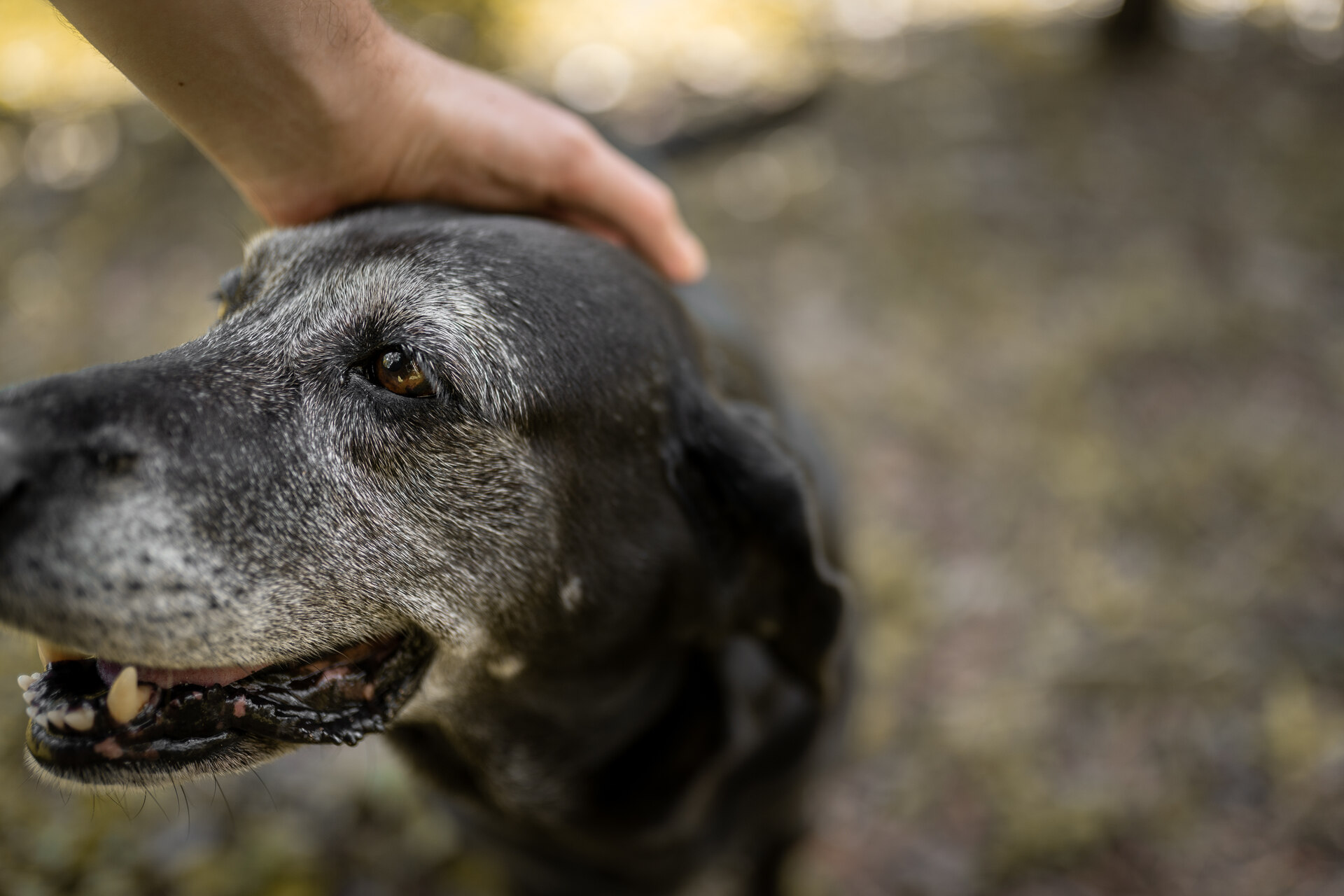
⚠️ And sadly, while the above are common symptoms of aging in dogs, each ailment could also be a symptom of a potentially serious health condition or illness.
Which is why, when in doubt about your dog’s health, it’s always best to take a trip to your vet. If your dog is suffering from a disease, and not just old age, you may need to act fast to take steps to alleviate, treat, and if possible cure their illness.
Or better still, catch on to a disease early by watching out for a drop in your dog’s activity – and get them to a vet before their health worsens.
Dog panting: what does it mean?
Panting is one of your dog’s primary methods to rid themselves of excess body heat – so it’s considered normal most times when a dog pants on a hot day, or when they are being physically active or excited.
However there are some situations in which panting can indicate another troublesome condition in your old (or young) dog.
How to recognize abnormal panting in your dog
You can learn to recognize abnormal panting in your old dog if the panting:
- sounds different; is louder or raspier then usual
- seems to take more out of your dog
- appears excessive or
- occurs at unusual times
…when compared with your dog’s normal panting behavior.
Read more: Heat Stroke In Dogs: Symptoms, Treatment & Prevention
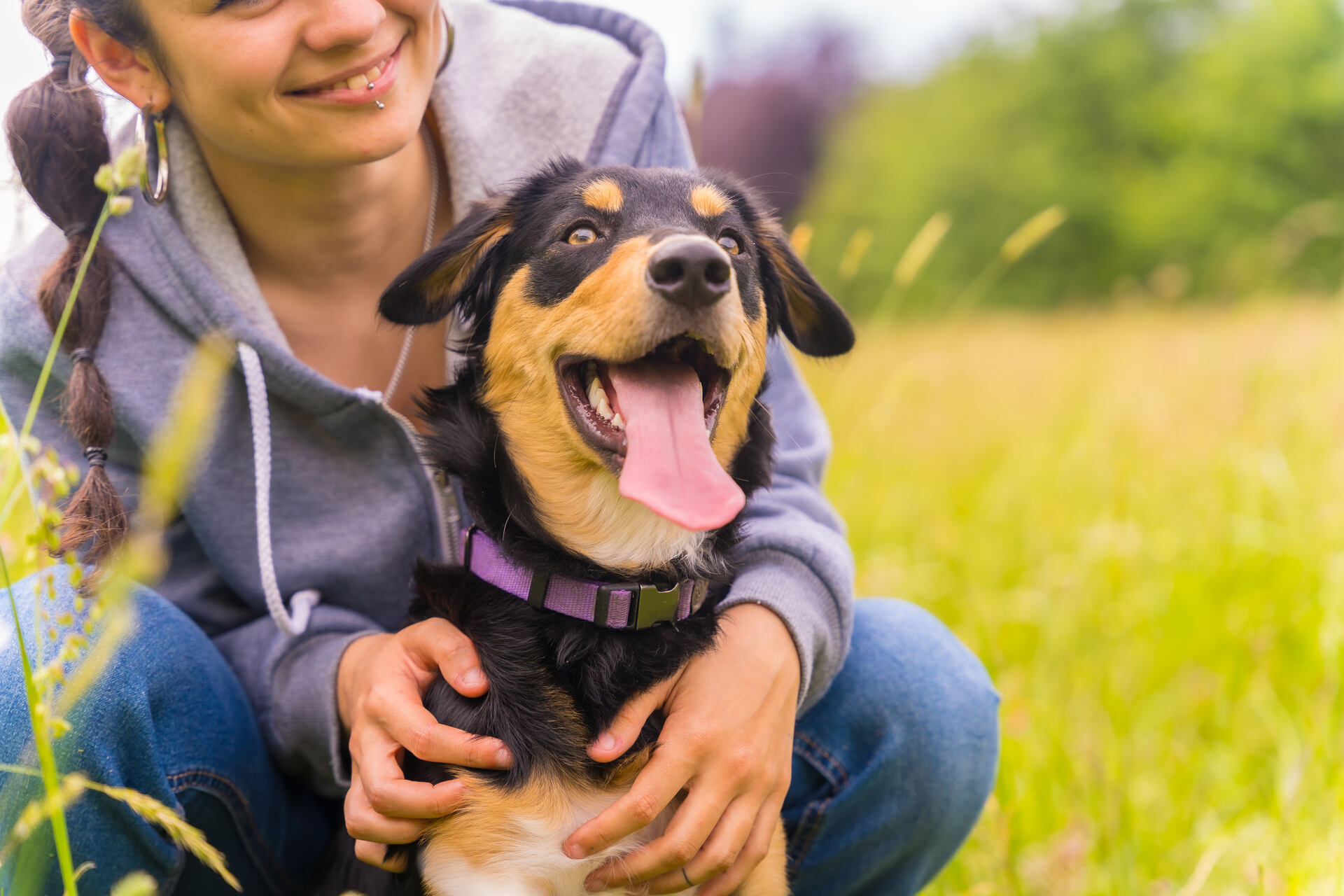
Abnormal causes of panting in dogs
Abnormal panting in your old dog could be linked to one of the following physical or psychological conditions, so it should not be taken lightly.
- Fear or stress
- Pain
- Heat stroke
- Obesity
- Poisoning
- Heart failure or lung disease
- Anemia
- Respiratory illness
- Laryngeal paralysis
- Cushing’s disease²
We recommend to take a trip to your vet as soon as possible, if you observe your old dog panting abnormally.
Read more:
- Toxic To Dogs: Dog Parents Beware Of These Common Dog Poisons
- Fearful Dog: Our Expert Reveals Everything You Need To Know About Fear In Dogs
Shaking in old dogs
While it’s common for dogs to develop tremors in their hind or front legs as they get older, shaking can also indicate that the dog is:
- In pain
- Excited
- Nauseous
- …or suffering from a more serious illness
What might cause my dog to shake more than usual?
You might find your senior dog shaking as a result of excitement – or some of these more concerning reasons:
- Old age
- Pain
- Poisoning
- A neurological disorder
- Kidney failure
- Adrenal gland disease
- Anxiety
As in the case with panting, if you suspect that your old dog is shaking too much or abnormally, take a trip to your vet who will be able to complete a full health assessment of your dog.
⚠️ Besides occurring while they’re up and about, your dog might also experience shaking or twitching while asleep. Which, with time, can mess up their sleep cycles – and worsen their health down the line.
But with the actionable data you can get from a Sleep Tracker built for dogs, you’re likely to have a more productive conversation with your vet.
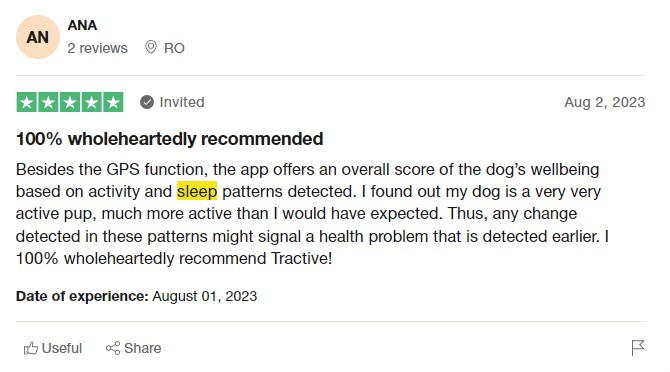
Old dog seizures
Seizures in old dogs are not a typical sign of aging. Only a small percentage of dogs will experience a seizure at some point in their lives. Seizures can occur in dogs of all ages – and both while they’re awake or asleep.
But before we all panic – old dog seizures are still different from them twitching or shaking while asleep. (Which may be due to completely benign reasons, like your dog simply dreaming or reacting to a sound, while still asleep.)
⚠️ However, if you’re noticing them twitching while asleep, it may be a result of a seizure as well.3 So here are some of the key differences between regular sleep – or if your dog is experiencing a seizure:
| Regular sleep | Seizure | |
| Body | Flexible, relaxed | Stiff |
| Breathing | Normal, occasionally irregular | Labored |
| Eyes | Partially or completely closed | Wide open, but not reacting |
| Consciousness | Your dog will respond to your voice and wake up easily | Your dog might lose consciousness and not respond to your voice |
Causes of seizures in dogs
- Environmental causes: for example, if your dog ingests a poisonous toxin
- Illness: such as brain tumors, epilepsy, brain trauma, liver disease, kidney failure, diabetes, or Cushing’s disease
- Genetic predisposition: certain breeds are more likely to experience a seizure than others.
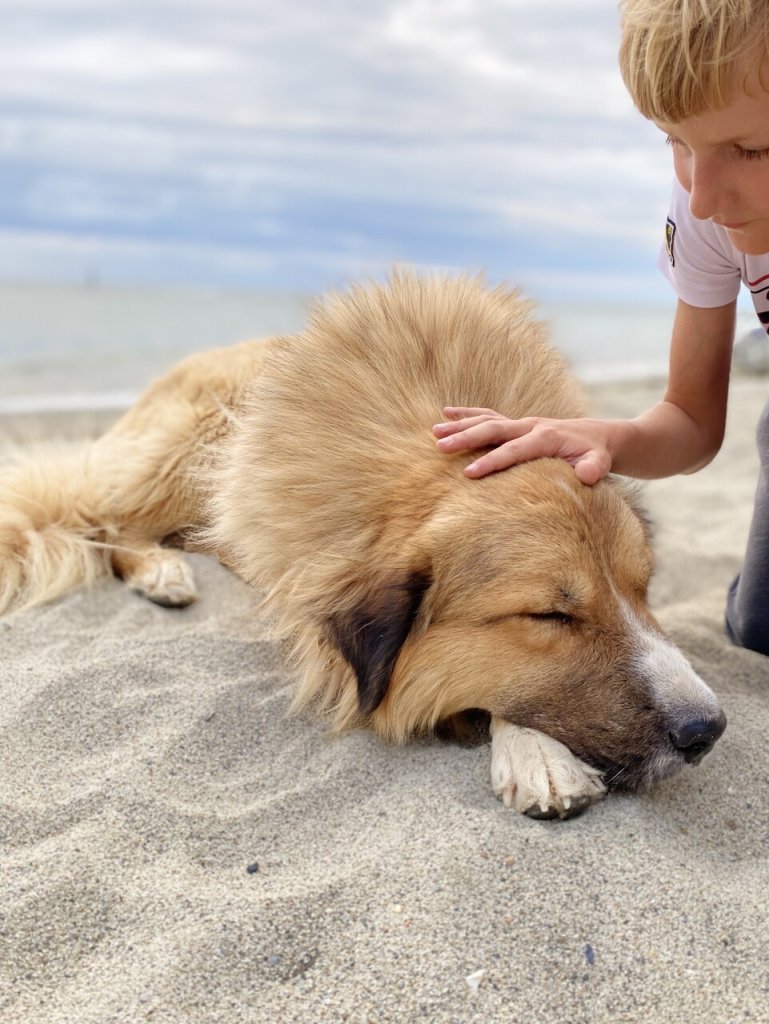
Other reasons include a change in your dog’s brain activity – like if they’re excited…or if they’re at different stages of their sleep cycle. (Like falling asleep or waking up.)4
💡So if you’re tracking your dog’s sleep – including how often they were disturbed – you’re more likely to catch on to a change in their behavior early.
So you can take action and get them to a vet before their health takes a turn for the worse.
Which dog breeds are prone to seizures?
The condition of idiopathic (or primary) epilepsy, for example, is a major cause of seizures in dogs. It is most often inherited in these dog breeds:
- Australian Shepherds
- Belgian Tervuren
- Beagles
- Bernese Mountain Dogs
- Border Collies, Border Terriers
- Cavalier King Charles Spaniels
- Dachshunds
- English Springer Spaniels
- Finnish Spitz

- German Shepherds
- Golden Retrievers and Labradors
- Irish Wolfhounds
- Keeshond
- Lagotto Romagnolos
- Petit Basset Griffon Vendeens
- Shetland Sheepdogs
- Standard Poodles
- Vizslas³.
⚠️ Watch out though: epilepsy – as well as non-epileptic seizures – can occur in dogs of any breed or age!
So even if your dog falls into one of the breed categories above, it does not necessarily mean that he or she will suffer from a seizure at some point in life. Other factors may also play a role – like, for example, your dog’s sex. (With male dogs being more susceptible to seizures than female dogs5.)
Most importantly, you should learn how to recognize when your dog is having a seizure, so that if this condition affects your dog someday, you’ll be prepared to take the appropriate action to ensure his safety.
Symptoms of seizures in old dogs
If your dog experiences a seizure while awake, it may typically include:
- Collapsing – often falling to the side
- Jerking or stiffening
- Muscle twitching
- Loss of consciousness
- Chewing the tongue or chomping
- Drooling or foaming at the mouth
- Urinating or defecating
Witnessing your buddy have a seizure can be heart-wrenching – and it’s understandable if you feel helpless or unsure what to do. So here are some steps you can take to handle it.
What to do if your dog has a seizure
If your dog is experiencing a seizure, here’s what you should do to ensure the best outcome:
- Stay calm.
- Remove any objects nearby which could potentially hurt your dog.
- Keep away from the dog’s head and mouth and do not put anything in their mouth.
- Time the seizure if possible.
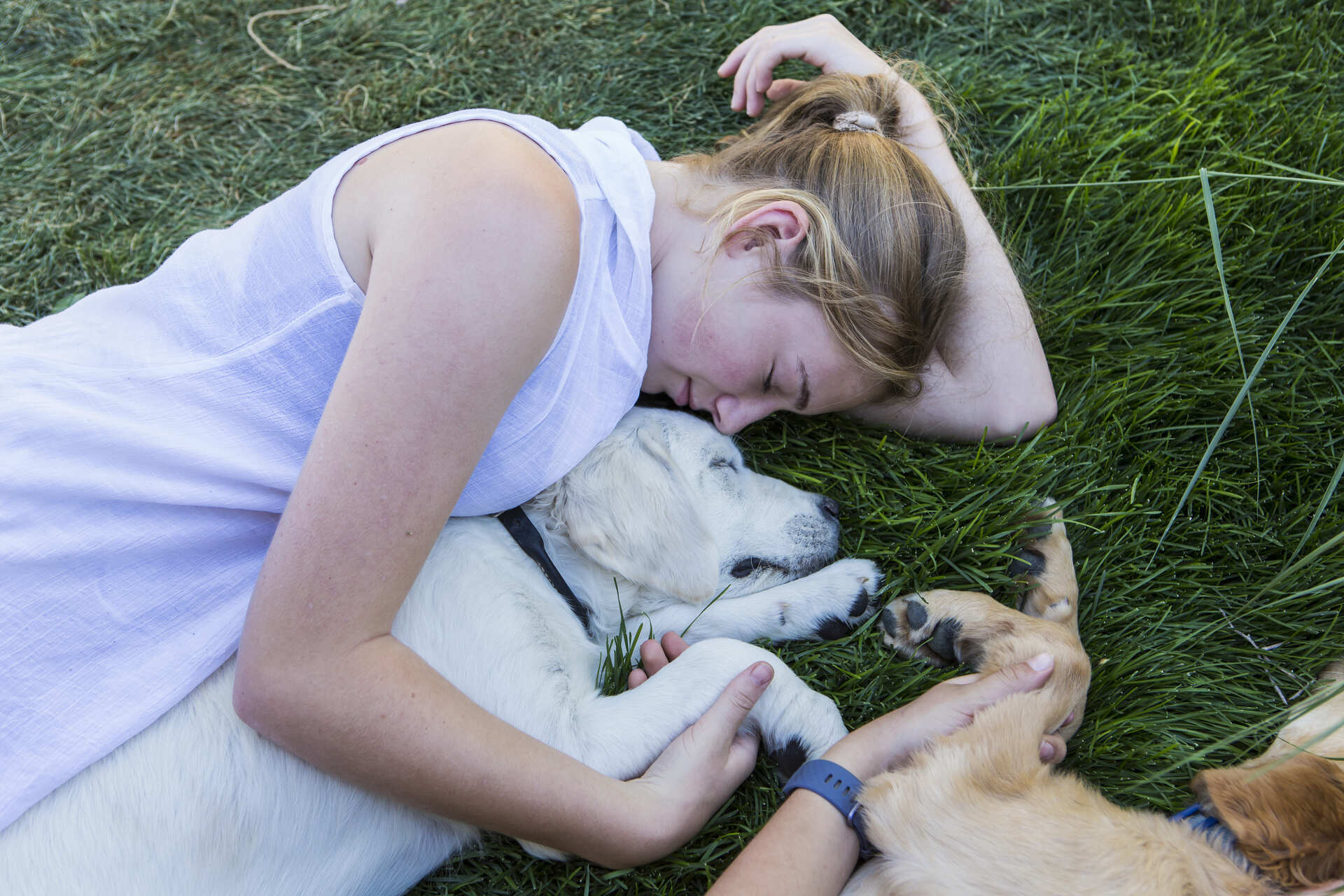
- Cool your dog down by putting a fan on them or cold water on their paws.
- Talk softly to your dog to help him calm down. Avoid touching them.
- Take your dog to the vet immediately once the seizure has ended.
When it comes to old dog seizures, an early diagnosis is always best. Do not let the condition go untreated – at the first sign of a seizure, contact your vet. Your vet will perform a physical exam of the dog, and if possible, prescribe medicine to prevent and control the seizures.
Where Sleep Tracking helps you catch on to a seizure early
Now if you’ve followed these steps, you can successfully intervene if your buddy has a seizure while awake. But how about when they’re sleep? (And especially since you need to get their own sleep?)
Because while you can jot down your dog’s symptoms to share with your vet, you might:
- Miss a day or two of tracking them
- Not note down all the info your vet needs to make an accurate diagnosis
- Miss out on an emergency – leading your dog’s health to worsen down the line

💡But with your dog’s actionable sleep-time data at hand – you can have a more productive conversation with your vet
And with a dedicated pet Sleep Tracker, you can now save time, energy, sleep – and it also means a longer, happier, healthier life for your buddy.
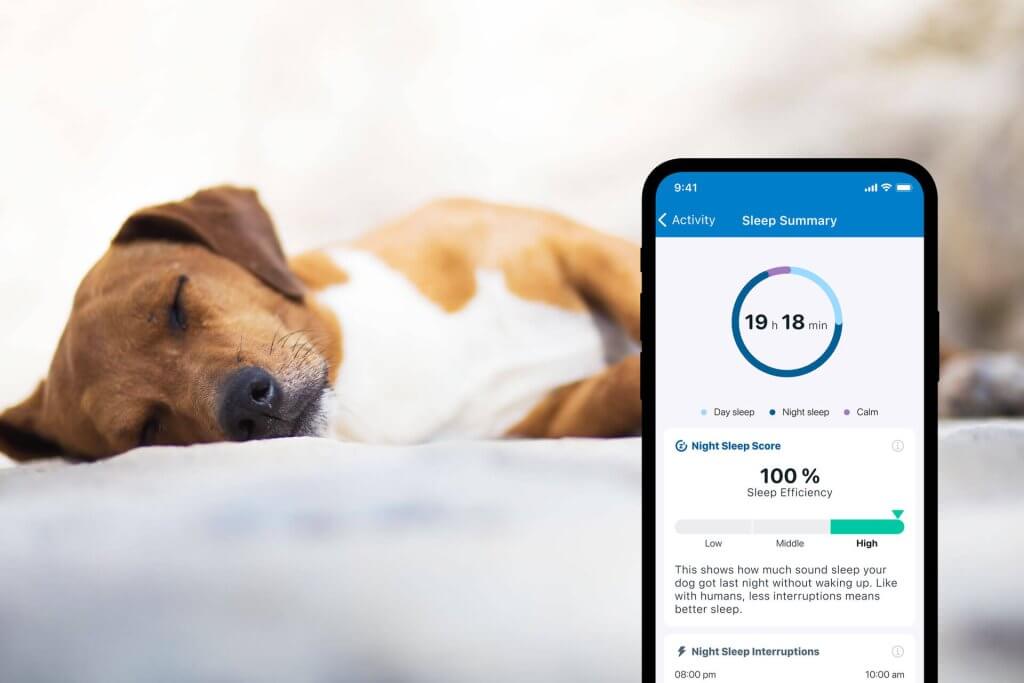
With its built-in motion detector, your Tractive Sleep Monitor picks up on your dog’s sleep patterns over time.
Which can help you figure out:
- How much is a normal amount of sleep for your dog
- How much quality sleep they’ve gotten overnight
- How often their sleep was disturbed
And even if you miss a day of tracking, no worries. Our Health Alerts have you covered – both if your dog’s sleep quality has declined, or if they just seem less active than before.
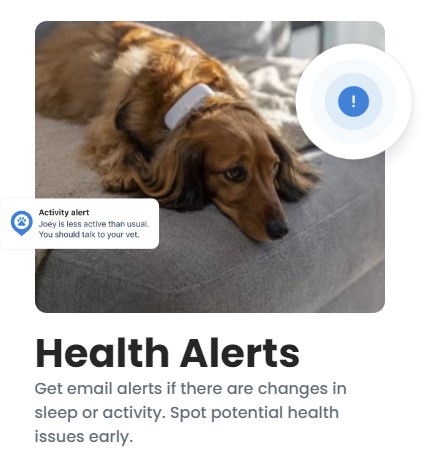

“It’s pretty difficult tracking every minute of your pet’s sleep. You can watch them run around and play – but it’s not the same during naptime.
But with a Sleep Alert, you can quickly check if there’s been a significant change in your pet’s sleep patterns.
If they’re continuously waking up more than usual or just sleeping less well than before, it could be a sign that something’s wrong.”
– Sebastian Raab, Product Manager at Tractive & occasional pet-sitter

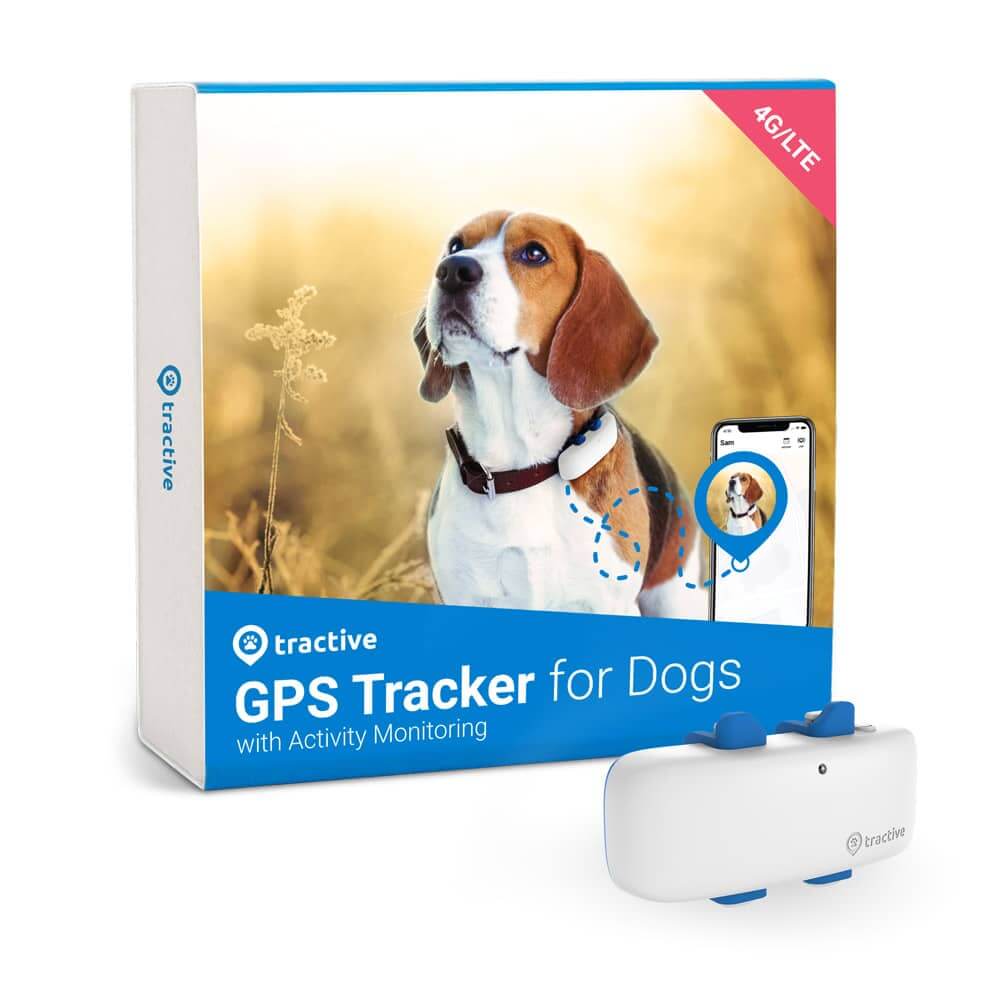
Stay on top of your dog’s wellness
See how they’re doing at a glance with Wellness Score. Set goals. Compare with dogs like yours. Monitor sleep. Detect issues and keep them healthy.
Want a deeper look into the causes of old dog seizures? Here’s Dr. Alex from Our Pets Health sharing his take:
And if you’ve liked this post, share it with a friend or a loved one – and let’s help build a safer, kinder world for our furry friends together.
Your furry friend’s health and wellbeing means as much as to us as it does to you. So we’ve made it a priority to only share medically-relevant content on our blog.
This post was checked, double-checked, and medically verified by Georgia-based vet, Dr. Dwight Alleyne.
Dr. Dwight Alleyne, DVM
Dwight Alleyne was born and raised in Long Island, New York where his love of animals began. His career for animals began working for a well-known no-kill animal shelter on Long Island.
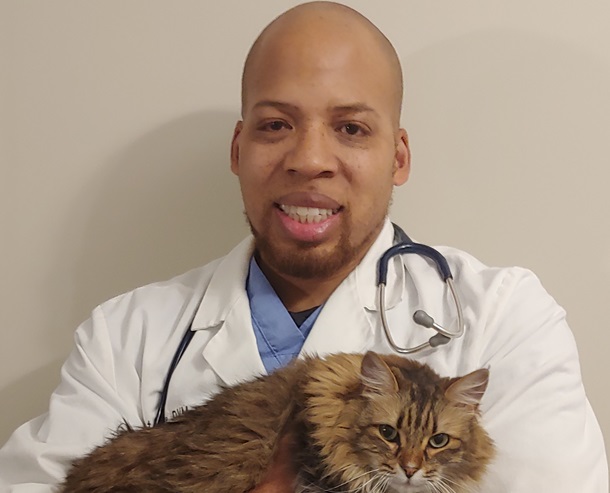
He worked his way up the career ladder working as a kennel technician, veterinary assistant, and then becoming a licensed veterinary technician at the shelter.
His passion for veterinary medicine led to him applying to and being accepted at Cornell University Veterinary where he graduated from in 2006. After completing a small animal rotating internship at Purdue University, he eventually made his way to Georgia where he has been practicing ever since.
Dr. Alleyne has practiced at several small animal clinics throughout Georgia. He has a keen interest in soft tissue surgery and has extensive experience in performing ultrasounds including echocardiograms.
When he is not practicing medicine, Dr. Alleyne enjoys writing and editing pet health articles and providing pet advice through telehealth.
Dr. Alleyne also has his own blog called “The Animal Doctor Blog.” Check it out on: www.anmldrblog.com.





